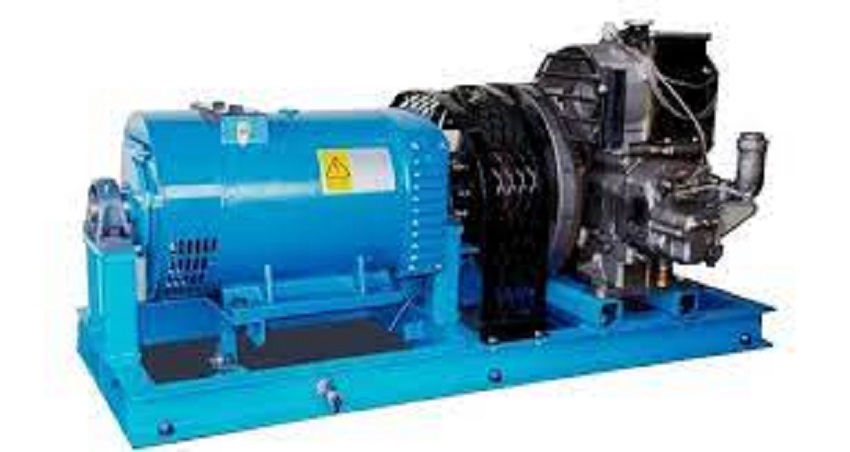Dynamometer: What Is It? How Does It Work?

A dynamometer is a device used to check the performance of an automobile’s engine. There are several dynamometers: hand-held, absorbing, and brake dynamometers. These are all designed to measure the torque of the machine. Choosing the right dynamometer is crucial to ensure you get the most out of your vehicle.
Absorbing Dynamometers
Absorbing dynamometers are a type of specialized power measuring apparatus. They are generally used to measure torque and speed. They are also used in conjunction with electric dynamometers for additional loading.
These dynamometers work by several physical principles. Power is absorbed by viscous forces resulting from cavitation and/or friction. This absorbing force is then dissipated as heat in liquid. In some cases, the dissipative effects are distributed over the entire surface of the flow.
Absorbing dynamometers are usually sized according to the required level of absorption. A typical power-absorbing dynamometer can absorb up to three times the torque and up to a third of the speed.
These dynamometers are often air-cooled. However, a few have been designed to operate in water. Known types include water brakes and Froude-type evaporators.
Generally, the dynamometer consists of an absorption unit and a driver. The driving unit may be a DC motor or a variable-frequency drive. Most dynamometers also include means to measure torque and rotational speed.
Understanding the underlying physical principles is crucial for calculating the most accurate torque and speed measurements. For example, in the case of an electric dynamometer, the output torque is measured by a torque transducer. The added functionality of an electronic dynamometer is one of the main arguments in favor of it. The dillon edxtreme dynamometer offers radio or hardwired options, which provide the comfort and security of remote operation. In addition, information from the dynamometer(s) can be transferred to a PC via an RS-232 connection for compilation and analysis or to print out hard copies of the data.
Hand-Held Dynamometers
Hand-held dynamometers are used to assess the strength of the upper limb muscles. A portable dynamometer can be used to accurately and affordably measure the dynamic motions of the musculature. In addition, hand-held dynamometers are easy to use and can produce reliable results.
Hand-held dynamometry is most commonly used in a clinical setting. This is because a dynamometer measures the force the person exerts against the device. The point is measured in pounds.
When selecting a hand-held dynamometer, look for one with a digital display. The device also needs to be able to operate at any torque. Some models include intuitive software to help you perform calculations.
To use a hand-held dynamometer, follow the steps listed in the user manual. For example, you will need to position the patient in a seated position with neutral forearms and the pelvis as close to 90 degrees as possible.
Once you have determined the correct position, the patient is required to complete a maximal isometric contraction. After the contraction, the dynamometer is then placed against the patient. It will then calculate the incremental measurements in pounds.
A hand-held dynamometer can be as accurate as the gold standard of isokinetic testing. However, it is essential to practice with the device.
Brake Dynamometers
Brake dynamometers, also known as motor testers, measure the force generated by an engine or other motor. They are also used to perform step-testing procedures. These procedures simulate various RPM levels and include acceleration and deceleration.
The GIANT 6×00 product line from GIANT Instruments is a full-size inertia dynamometer designed to help you perform basic NVH investigations and fine-tuning applications. It can be customized to your specific needs.
The first brake dynamometer was invented by Gaspard de Prony in 1821. He measured the power and force transferred from a belt to spring balances. In the modern era, brake dynamometers have come a long way. Today, the BRAKE Report aims to shed light on the device.
Brake dynamometers work the same way as spring balances, but instead of springs, they use blocks that press against the rotating wheel. This creates friction. Usually, the dynamometer is connected to a computer to display the results.
There are three different types of dynamometers. There are two absorption types and a universal dynamometer. Both types are designed to absorb the force of an engine, but each can be modified to suit a variety of operating machine points.
Most aftermarket brake testing is performed on single-ended dynamometers. However, dual-ended dynamometers are available for more sophisticated applications.
